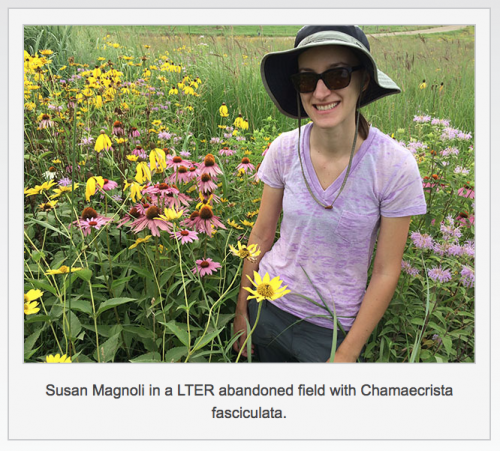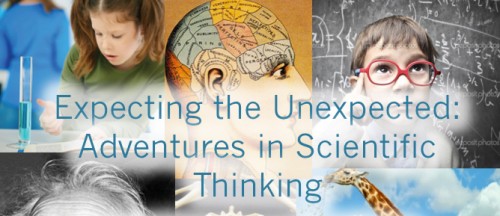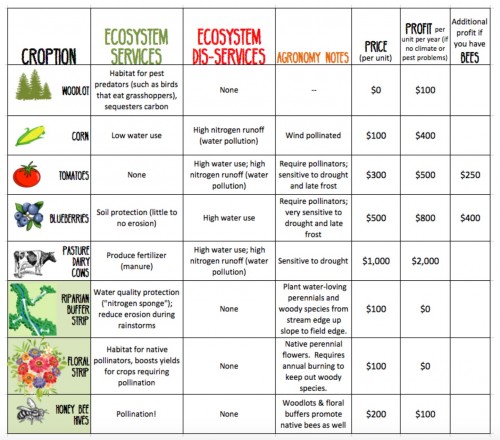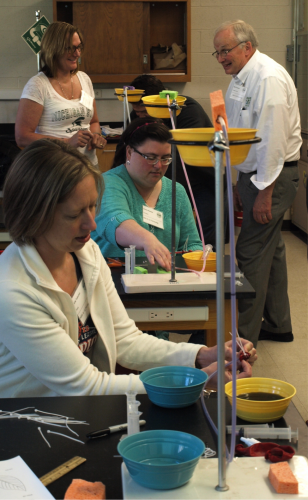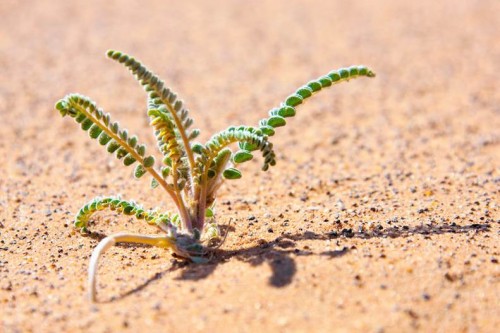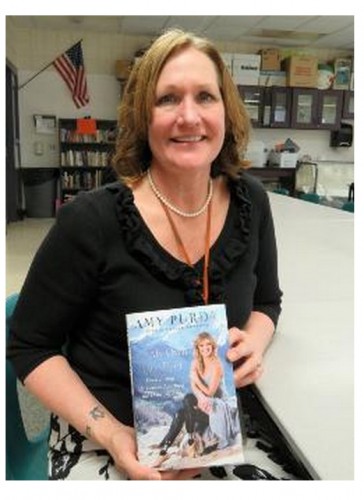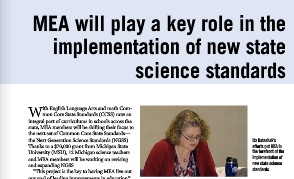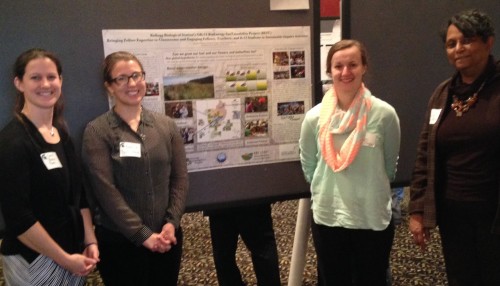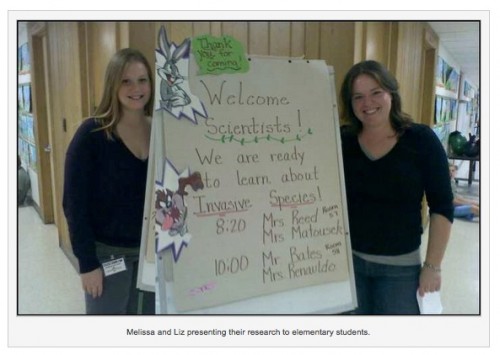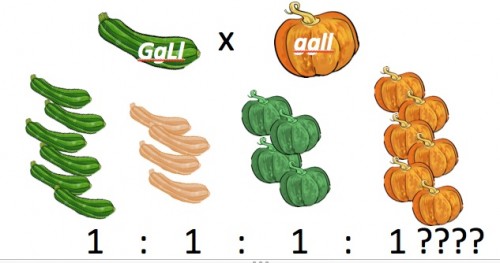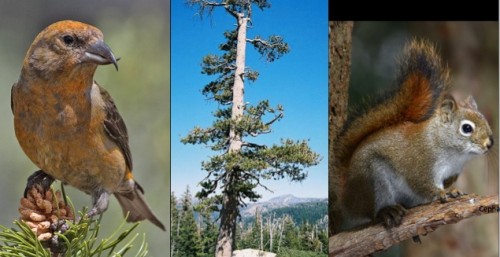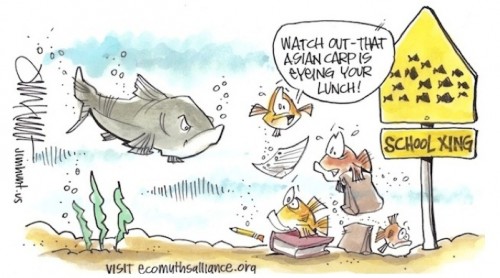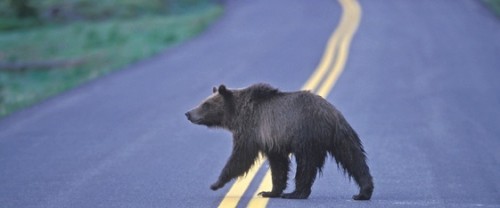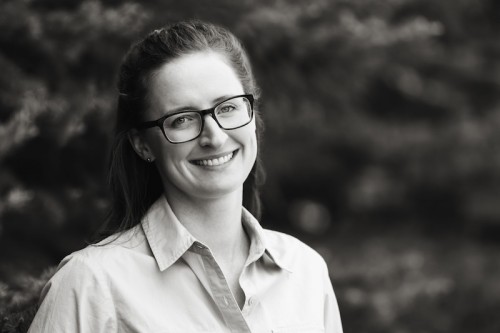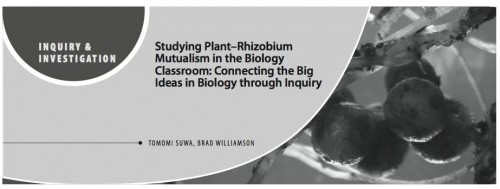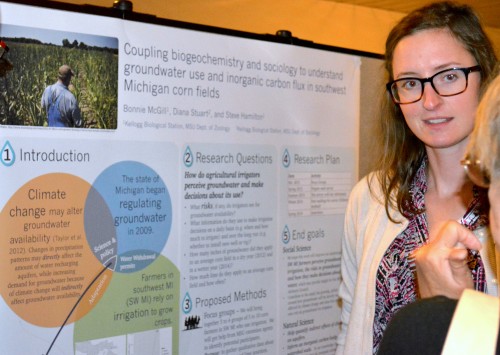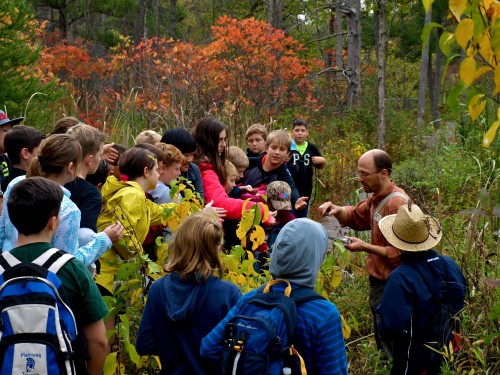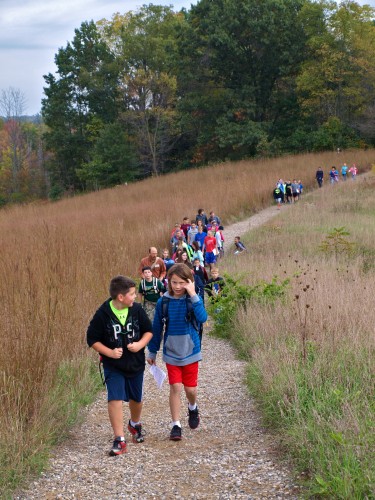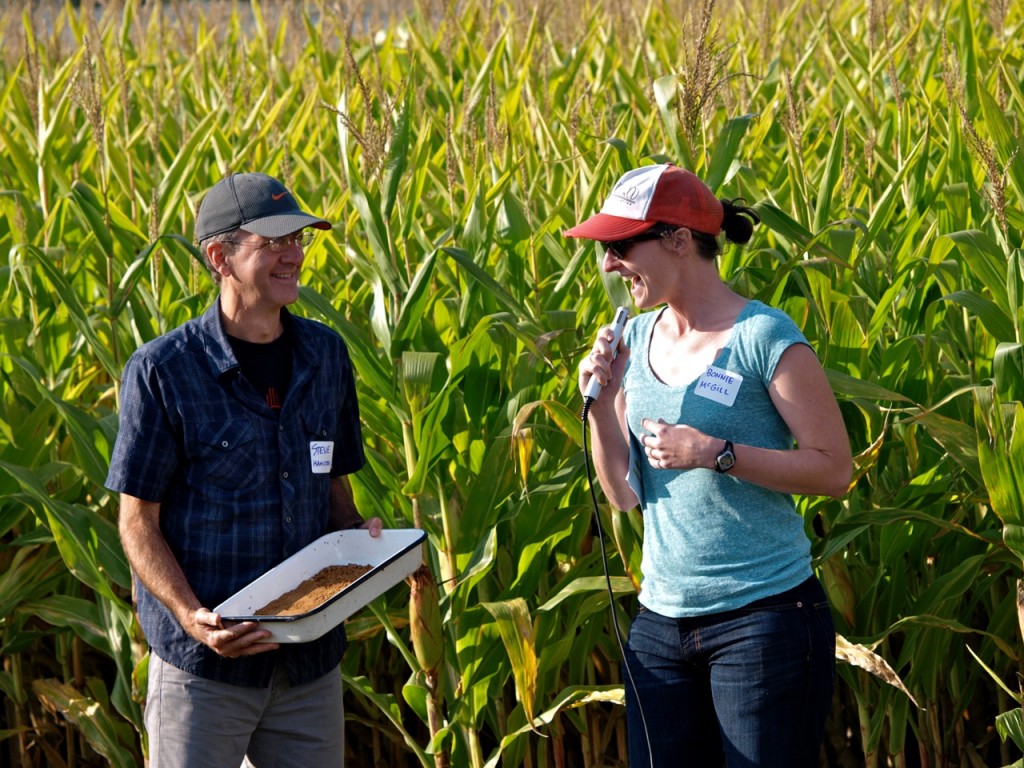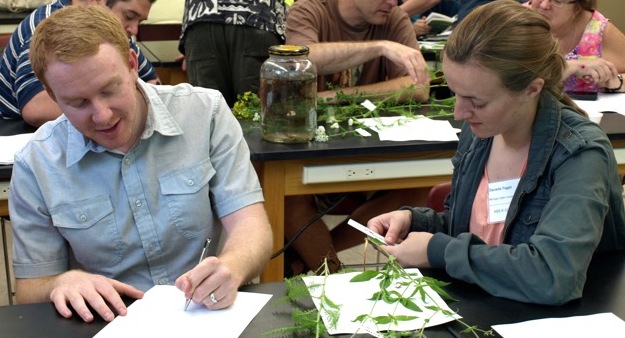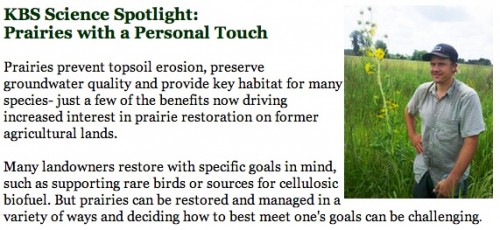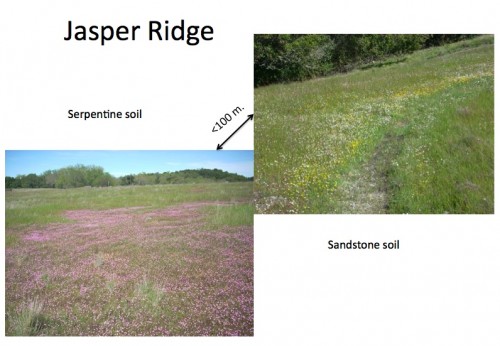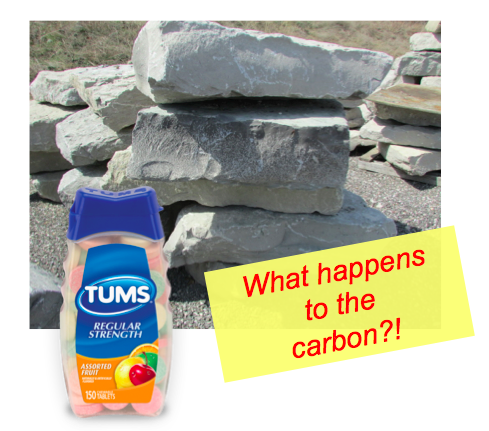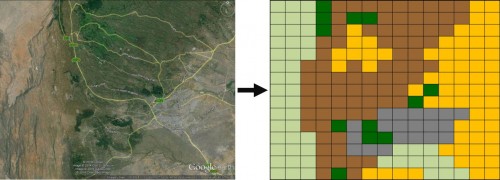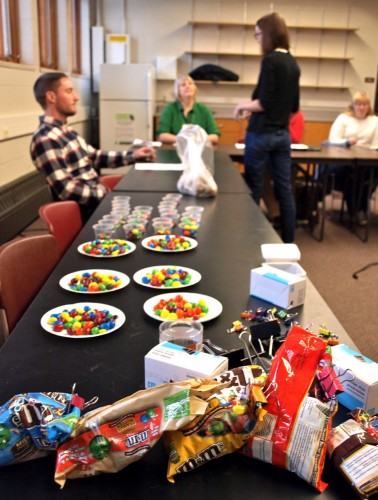
The KBS K-12 partnership cordially invites you to our spring 2015 workshop, themed Inferring Function from Form. This will be the last workshop will a full set of GK-12 Fellow presentations (though neverfear, we will have many more workshops) so expect it to be grand!
The workshop will be held on Wednesday, April 15. As usual, the schedule will run from 8 AM to 4 PM.
Below you’ll find our daily agenda well as details on our plenary sessions and concurrent sessions. Check back often for updates. Please rsvp to Sarah at bodbyl@msu.edu if you plan to attend. We look forward to seeing you!
Agenda (PDF)
8:00am – Welcome and Introductions
8:30-9:30am – Plenary: Dr. Ryan Bebej, Calvin College. Walking with whales: the origin and evolution of cetaceans.
9:45-11am – Session 1: Fellow-led and special guest sessions
11:15am-12:30PM – Session 2: Teacher-led sessions
12:30-1:30PM – Lunch
1:30-2:45PM – Session 3: Fellow-led and special guest sessions
2:45PM – 4:00PM – Summer opportunities, 5 year review, and party!
Concurrent Session Abstracts (PDF)
Science Lost in Translation. With Michael O’Rourke and Brian Robinson, Stack 138, All Levels. Teaching science is a process of translation, though it is easy for scientific concepts or the nature of science itself to be lost in translation. We will demonstrate and discuss the NSF-sponsored Toolbox dialogue method for addressing this challenge. Originally developed a decade ago to enhance communication among interdisciplinary researchers, the Toolbox dialogue method has been adapted to improve student learning in the undergraduate, graduate, and post-graduate settings. In today’s session, we will briefly demonstrate the method by leading you in a Toolbox dialogue and then explore discuss together ways in which this form of dialogue might can be used in K12 science classrooms.
Farming for Ecosystem Services. With Bonnie McGill, Susan Magnoli, & Dani Fegan, Stack 140, MS/HS. We’ll explore the relationship between biodiversity and ecosystem services, from basic ecological theory to their economic value. Students will play a game where they decide how to invest their money on their own farm–will they buy expensive hybrid seeds? or plant pollinator-friendly riparian buffers?
Seeing the forest from the trees. With Di Liang & Brendan O’Neill, Stack 141, EL. What controls the structure of forests and the leaves within that forest? Individual leaves have very different shapes and even colors, but together they make up the forest canopy that traps light and water. We will examine the vertical and horizontal structure of a forest, its canopy and leaves. Students will work individually to on certain leaf types to understand how their shape influences their function, – this may involve collecting leaves, but also cutting out the shape of leaves or tracing the outline that the leaf shadow makes. Then we will combine the leaves from all students as an example of how different leaves together influence the way the forest works.
Session 2: 11:15am
Learn about the 3-D printer in your future! With Dale Freeland. Terrace Room, MS/HS. How can students use a 3-D printer in the science classroom? How will a 3-D printer help me do my work? My students have engineered solutions to Science Olympiad and NGSS challenges and have used the 3D printer to print parts for those solutions. I will share student reactions and achievements during our first 6 months with a 3D printer. High student interest and their solutions lead me to predict that there will also be a 3D printer in your classroom in the near future!
Speak Up! Incorporating discourse into your life science classroom. With Cheryl Hach. Stack 141, MS/HS. Discourse is one of the fundamental science process skills that aligns not only to NGSS (Michigan Science Standards) but also the Common Core in both Math and ELA standards. What is discourse? Why is it important? How do teachers build a classroom that supports the exchange of student ideas? This session will provide research-based strategies and resources that promote academically productive talk between students and between students and teachers. Bring your best practices and share with others! We will model discourse practices using some of our very own Data Nuggets!
Hookeing up with the Microscope. With Tom Schaefer. Stack 140, All Levels. Using simple techniques that are inexpensive you will be able to revitalize your student microscopes and reintegrate them into a technologically advanced classroom. I don’t discriminate against type, age or condition (well condition may make me reconsider on occasion). Come with questions and hopefully leave with answers and ideas.
Session 3: 1:30 PM
Curiosity and Principles: Scaffolding Meaningful Dialogue During Investigations. With, Hannah Miller, Wendy Johnson, and Andy Anderson. Terrace Room. MS/HS. In our workshop last fall, we examined “talk moves” that help elicit student thinking during class discussions. In this workshop, we continue with this interest in classroom talk, only with a new twist. In our recent research on teacher interviews and videos, we are looking for three things: teachers encouraging their students’ curiosity about the world, teachers showing curiosity about their students’ ideas, and teachers helping their students to use principles to guide their reasoning. We are interested in how this helps classroom discourse become curiosity-driven and principle-oriented. In this session, we will share examples we have seen of teachers doing this in their classrooms, and then brainstorm about ways to support curiosity and principle-oriented thinking during an inquiry investigation.
Science Lost in Translation. With Michael O’Rourke and Brian Robinson, Stack 138, All Levels. Teaching science is a process of translation, though it is easy for scientific concepts or the nature of science itself to be lost in translation. We will demonstrate and discuss the NSF-sponsored Toolbox dialogue method for addressing this challenge. Originally developed a decade ago to enhance communication among interdisciplinary researchers, the Toolbox dialogue method has been adapted to improve student learning in the undergraduate, graduate, and post-graduate settings. In today’s session, we will briefly demonstrate the method by leading you in a Toolbox dialogue and then explore discuss together ways in which this form of dialogue might can be used in K12 science classrooms.
Expecting the Unexpected, Adventures in Scientific Thinking. With Emily Dittmar and Amanda Charbonneau, Stack 140, MS/HS, with elementary adaptations. This session will use biological examples to demonstrate how to think like a scientist and use data to find meaning, make hypotheses and explore new ideas. Students will leave with a better understanding of the importance of null hypothesis testing, and ideas for classroom experiments that will promote scientific thinking.
Putting Down Roots: The Evolution of Plants from Water to Land. With Andy Booms and Pat Hanly, Stack 141, All Levels. Plants play a major role in the lives of other living things, especially humans. But it’s worth taking a look at how plants as we know them came to be, and where they came from. What adaptations allowed the first plants to survive on land? How are the crops that make their way to our dinner tables different from their aquatic ancestors? Come explore the evolutionary path of plants from water to land, and even back again!
Participant List:
Email Sarah Bodbyl (bodbyl@msu.edu) if you would like to be added to this list.
Comstock/STEM: Emmy Kimmer, Caleb Fisher, Laurie Anderson, Jan Kiino, Maren Tillman, Linda Foster, Canaan Groff
Delton-Kellogg: Connie High, Todd Shipley, Dale Grimes, Clinton Waller
Galesburg-Augusta:
Gobles: Becky Drayton
Gull Lake: Jennifer Boyle, Kim Clancy, Ashley Carroll, Blair Rogers, Michelle Mahar, Matt Hawkins (PM), Beth Rhodes (AM), Laurie Klok
Harper Creek: Meredith Hawkins, Sandy Erwin, Alissa Renner, Erik Crooks (rsvp, but not attending)
Hastings: Marty Buehler, Kurt Schaaf
Kalamazoo Area Math Science Center: Cheryl Hach
Lawton: Marcia Angle
Martin: Rob Robrahn
Olivet: Michael Boehmer, Charles Bucienski, Terri Morton, Marie Toburen
Parchment: Jodie Lugar-McManus
Plainwell: Sandy Breitenbach, Marty Green, Lisa Wininger
Thornapple-Kellogg: Jamie Bowman, Luann Schnur
Vicksburg: Lisa Harbour, Liz Ratashak, Dave Nette, Katherine Kay
Guests: Dale Freeland (Portage Central High School), Tom Schaefer (McCrone group), Michael O’Rourke (MSU), Brian Robinson (MSU).
KBS & Staff: Tom Getty, Andy Anderson, Sarah Bodbyl, Kara Haas, Dani Fegan, Emily Dittmar, Susan Magnoli, Bonnie McGill, Andy Booms, Brendan O’Neill, Pat Hanly, Di Liang, Amanda Charbonneau, Wendy Johnson, Hannah Miller.
WMU Evaluation Staff: Bob Ruhf, Mark Jenness, & Eva Ngulo
(42+4+15+3 = 64)


